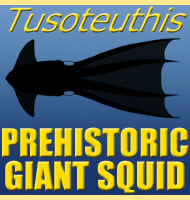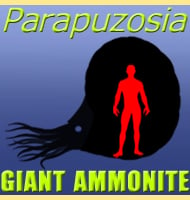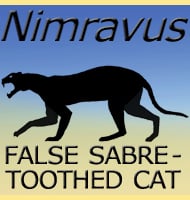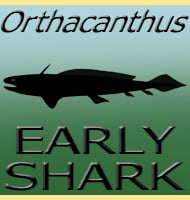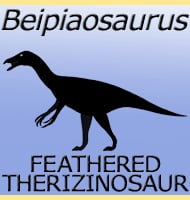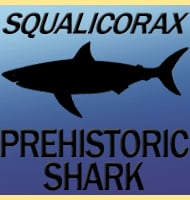In Depth
The holotype fossils of Kenomagnathus were originally thought to be of the genus Haptodus until they were formally described as a distinct genus in 2020. Although only partially preserved, the size of the lacrimal bone suggests that Kenomagnathus would have had large eyes. As a hunter, these large eyes might have helped Kenomagnathus to see in low light conditions while hunting for prey.
Further reading
- A faunivorous early sphenacodontian synapsid with a diastema. - Palaeontologia Electronica. 23 (1). - F. Spindler - 2020.

